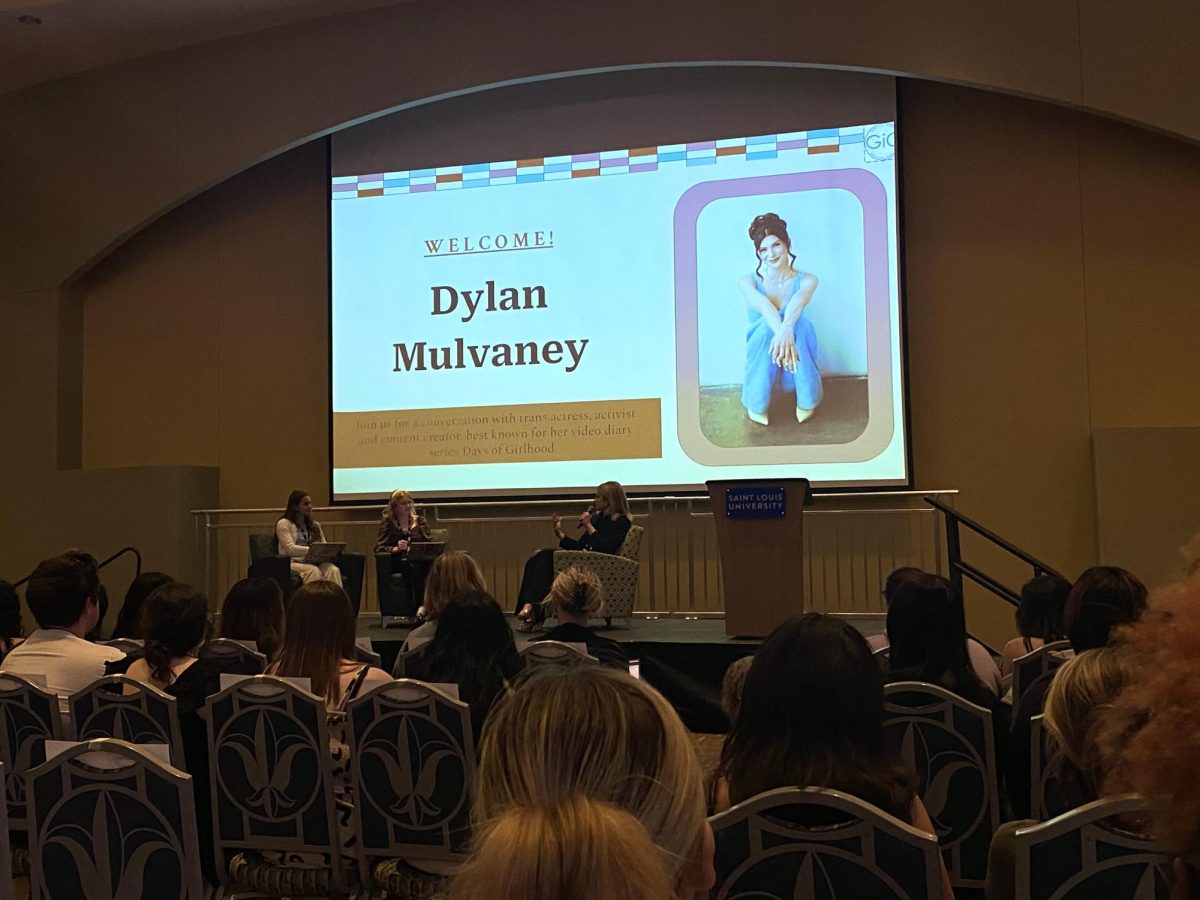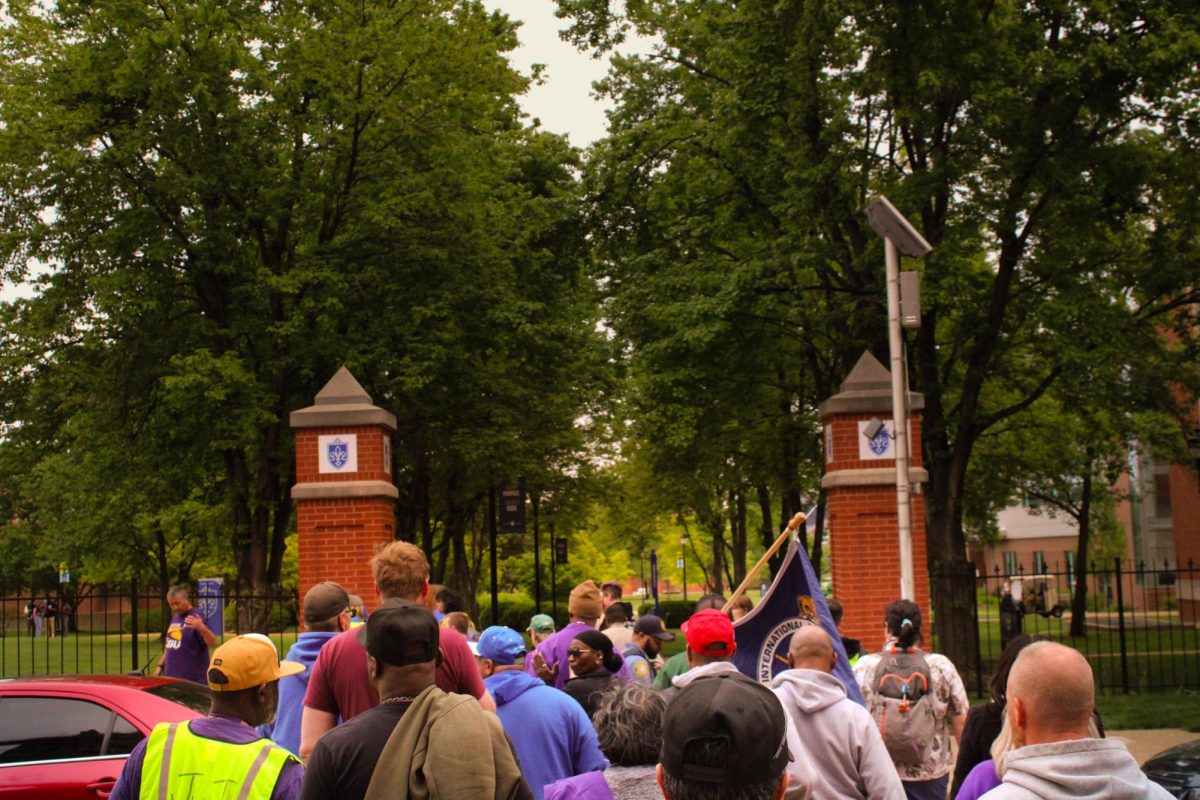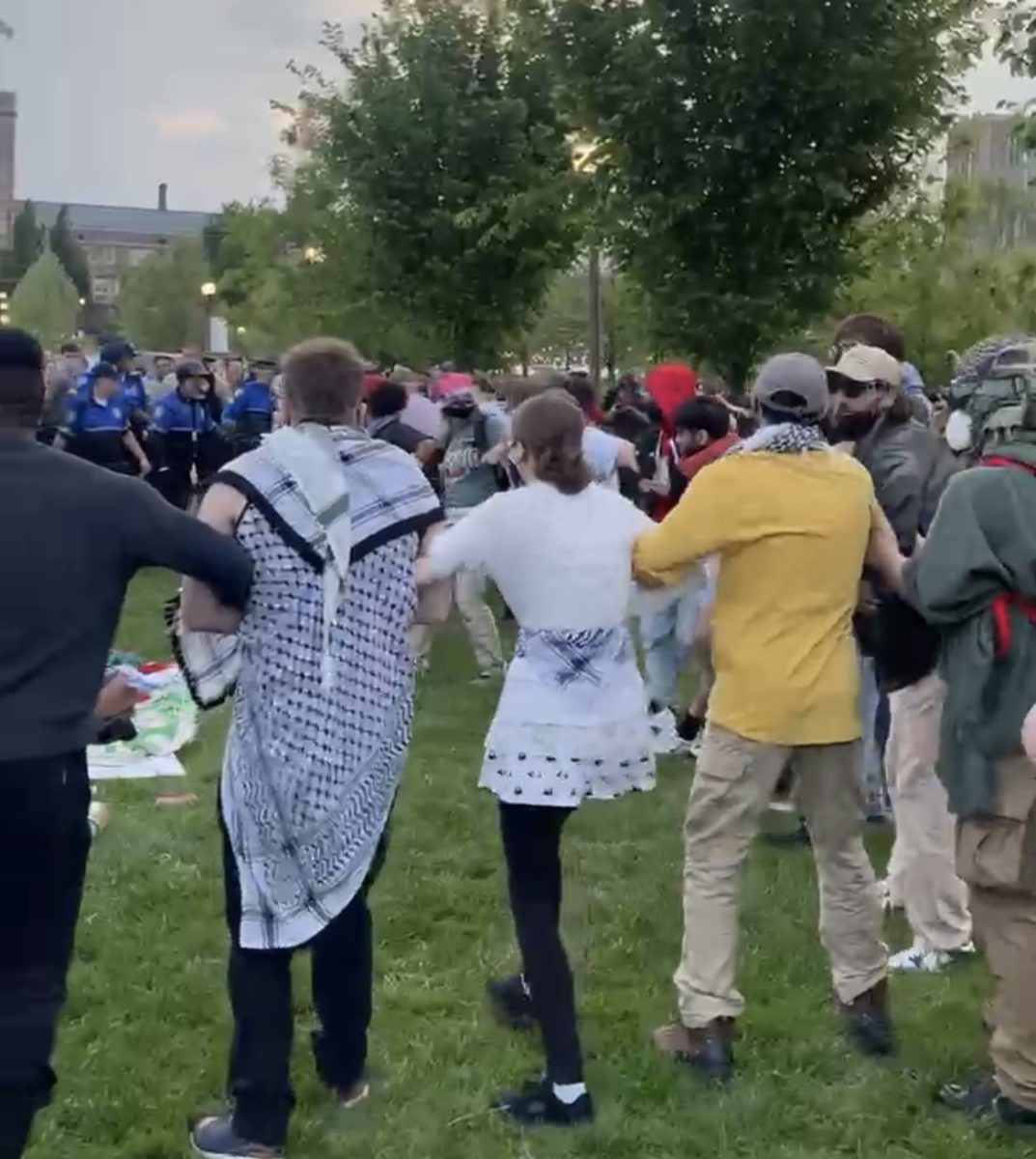Hours after terrorists attacked the World Trade Center and the Pentagon, the U.S. Center for Disease Control and Prevention sent an alert to local and state health departments, urging them to keep an eye on unusual disease patterns associated with the events, including those caused by chemical and biological agents.
There has been no sign of such an outbreak, but Americans’ fears are heightened, and people are naturally asking, “What could come next?”
Bruce Clements is the associate director of Saint Louis University’s Center for the Study of Bioterrorism and Emerging Infections, which is funded by the CDC. He said that the Center, located in the School of Public Health, has been responding to calls from the media and from various health officials looking for information on bioterrorism since last week’s attack.
“What happened last week is really relevant to what we do here,” Clements said.
He went on to argue that the attacks are a signal of a change in terrorists’ goals.
“Terrorists aren’t just interested in catching headlines anymore,” he explained.
“In the past, the goal wasn’t mass casualties. Now that [terrorists] are interested in hurting as many people as possible, biological terrorism is more likely,” Clements continued.
According to Clements, the aim of the CSB&EI, which is in its second year, is to develop a comprehensive preparedness program for public health institutes and their employees in case of a mass outbreak of disease.
As one part of its preparation for the potential of bioterrorism as well as naturally emerging infections, the CSB&EI helps develop and distribute training materials, fact sheets, and pocket cards about some of the diseases used by bioterrorists.
They also run training programs for clinicians about how to recognize and respond to a possible outbreak. “Most pathogens look like influenza,” Clements explained.
If an attack were to occur either by foreign enemies or domestic terrorists, it would most likely come in the form of an aerosol release of a deadly or potentially deadly disease such as anthrax, small pox or plague.
Clements said that right now the best preparation we can have is a good public- health structure that is “well-staffed, well-equipped and well-trained. The goal of the Center is to help facilitate that.”
After the attacks in New York and Washington, being prepared may be as important now as ever.






